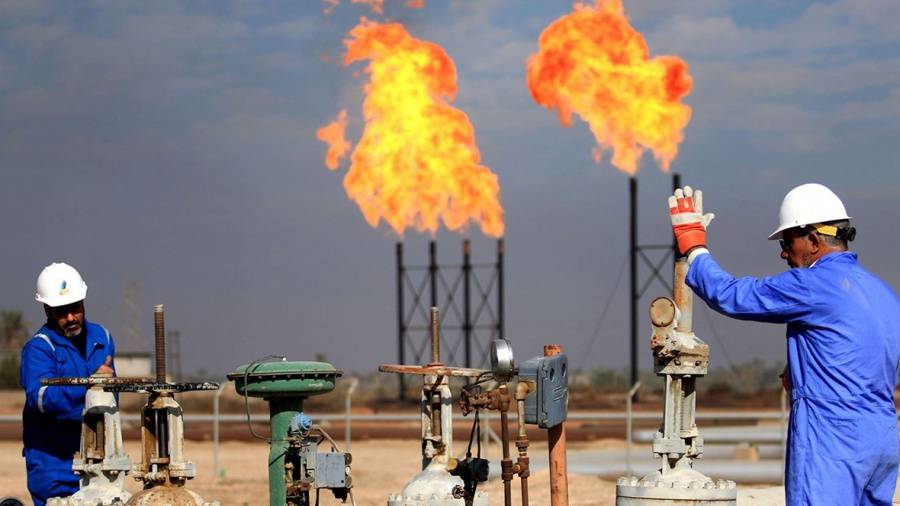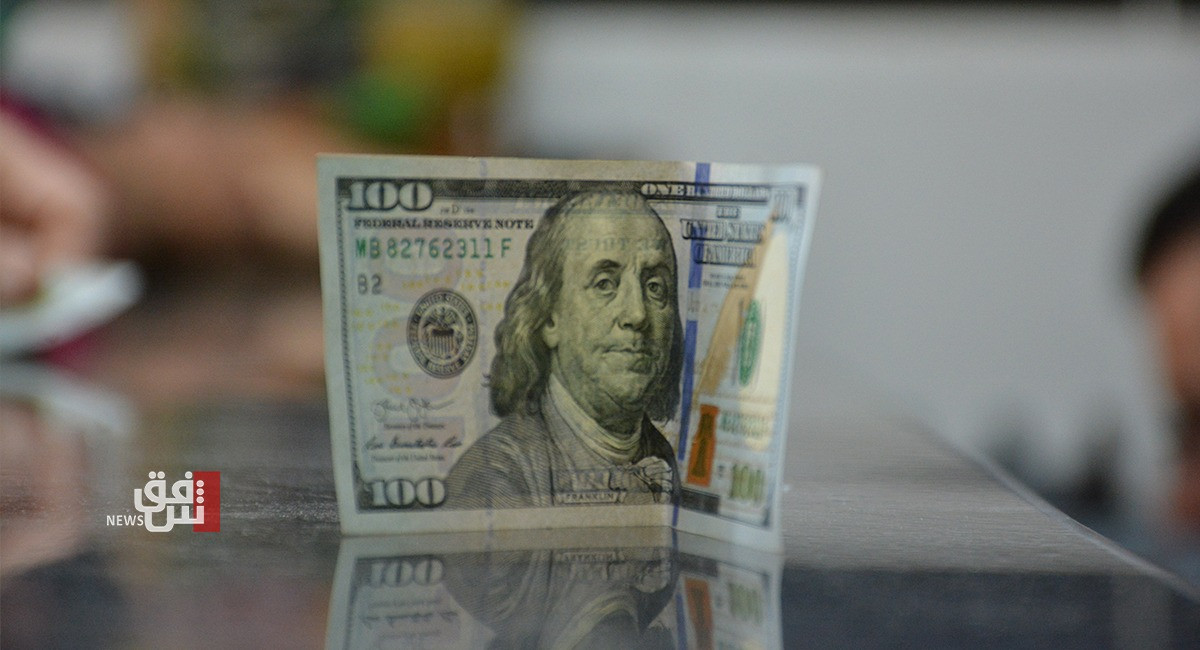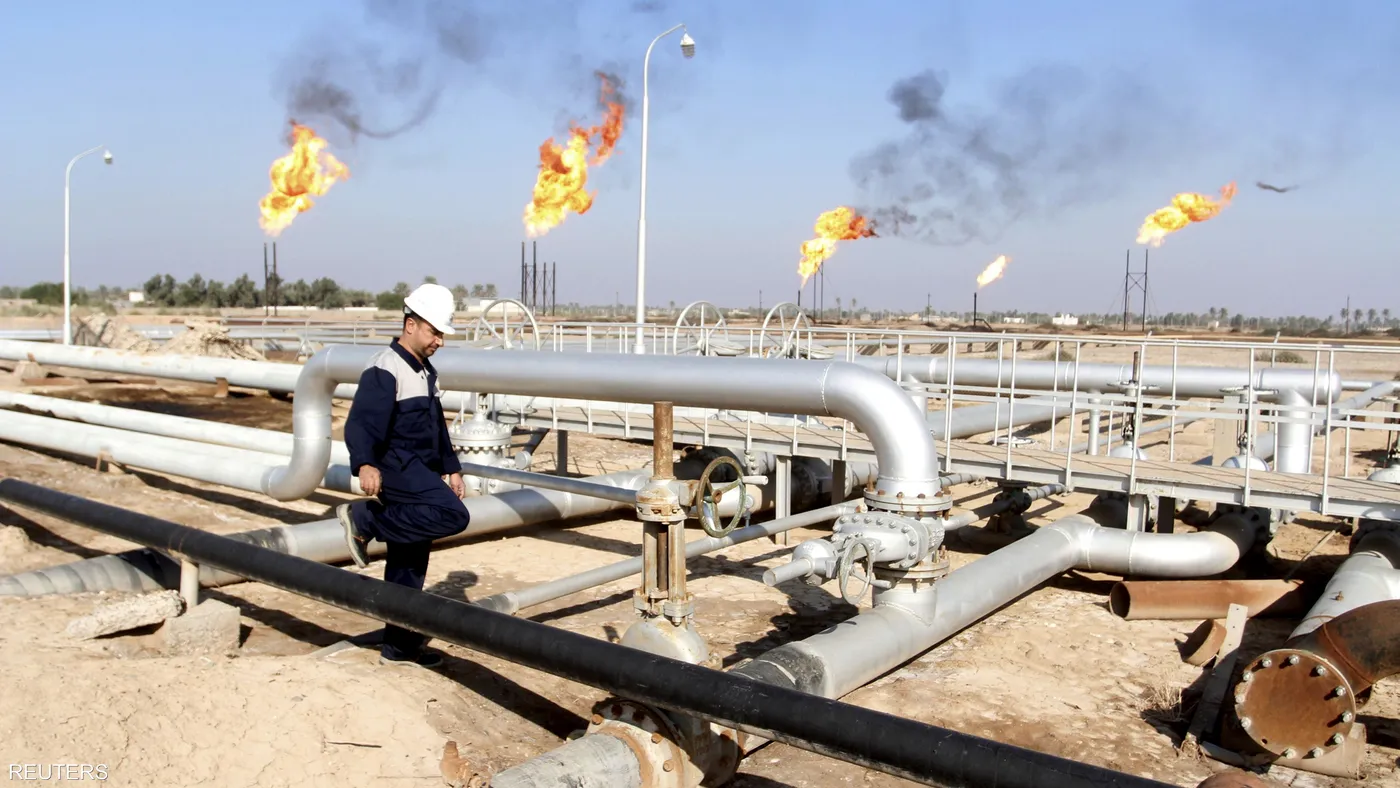Oil prices up ahead of demand estimates

Shafaq News/ In Tuesday's trading, oil prices saw an uptick due to ongoing geopolitical concerns in the Middle East, although the increase was tempered by pessimistic demand outlooks and anticipation of forthcoming oil agency reports.
Brent crude for May edged up by 26 cents, a modest 0.3%, reaching $82.47 per barrel as of 04:08 GMT, while the U.S. crude contract for April inched up 17 cents, or 0.2%, to settle at $78.10 per barrel. Despite the conflict between Israel and Hamas not significantly impacting oil supplies, the Red Sea and Gulf of Aden have seen disruptions due to attacks by Yemen's Houthi group, aligned with Iran, since November, claiming solidarity with Palestinians. Meanwhile, oil prices experienced a slight rise in early Asian markets, yet remained constrained as traders awaited monthly reports from key oil agencies.
Brent futures for May delivery increased by 23 cents to $82.44 a barrel by 02:21 GMT, and the U.S. crude April contract also went up by 17 cents, closing at $78.10 a barrel. China's crude oil imports have shown an increase in the first couple of months this year compared to the same timeframe in 2023, but the figures are still lower than those in the months prior, indicating a continued decline in purchases by the world's largest importer. Market participants are now looking forward to demand forecasts in the monthly reports from OPEC, the International Energy Agency (IEA), and the Energy Information Administration. Analysts from ANZ, in a recent note, expressed that while they expect the estimates to remain mostly stable, any unexpected positive shift could alleviate concerns over demand. Airstrikes believed to be conducted by a U.S.-British coalition targeted port cities and small towns in western Yemen on Monday. The following day, the Houthis claimed responsibility for missile attacks on what they referred to as the "U.S. ship Pinocchio" in the Red Sea. However, the potential for price gains is being limited by projections of faltering demand and a rise in supply from non-OPEC producers. Serena Huang, the head of APAC analysis at Vortexa, commented that the bearish view on demand and the increasing supply from non-OPEC countries are constraining bullish sentiment in the oil market at present. The IEA forecasts that oil supply will reach a new peak of approximately 103.8 million barrels per day, driven almost entirely by non-OPEC producers and their allies (OPEC+), including nations like the United States, Brazil, and Guyana.







